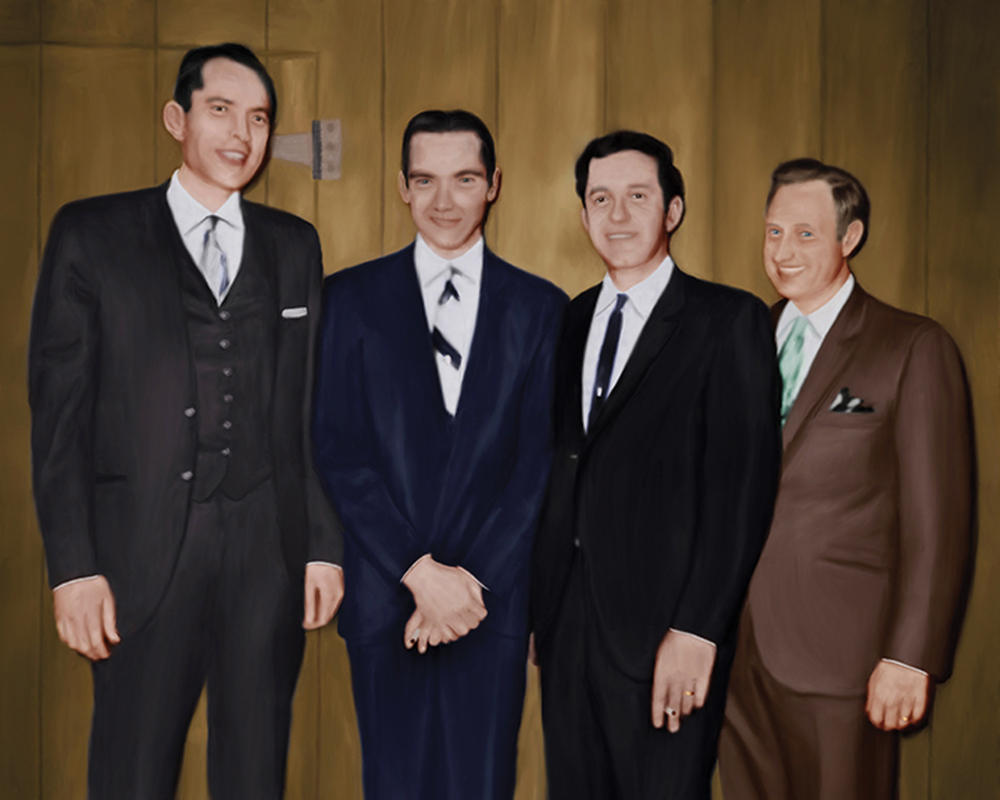- Details
- Written by: Allie Layos
- Category: Learn
 What is a park horse? If you ask this question of the three-gaited, five-gaited or fine harness horse, the answers are concrete. Five-gaited horses, known for their slow-gait and rack, are powerful and exciting, with energy that is channeled into forward motion. Three-gaited horses are known for their elegance, refinement and energy that is channeled into animation. Throw a mane on that horse and hook it to a viceroy and you have yourself a fine harness horse.
What is a park horse? If you ask this question of the three-gaited, five-gaited or fine harness horse, the answers are concrete. Five-gaited horses, known for their slow-gait and rack, are powerful and exciting, with energy that is channeled into forward motion. Three-gaited horses are known for their elegance, refinement and energy that is channeled into animation. Throw a mane on that horse and hook it to a viceroy and you have yourself a fine harness horse.
- Details
- Written by: Dallys Malenfant
- Category: Learn
 Strutting out of Freedom Hall and down Stopher Walk, tricolor in your pocket and carnations draped over your horse’s neck, walking on Cloud 9 from the victory pass. It’s just you and your trainer, and twenty people following you back to the barn wanting to buy your horse. That is the dream.
Strutting out of Freedom Hall and down Stopher Walk, tricolor in your pocket and carnations draped over your horse’s neck, walking on Cloud 9 from the victory pass. It’s just you and your trainer, and twenty people following you back to the barn wanting to buy your horse. That is the dream.
It has happened, and will continue to happen on occasion at shows across the country, but it is not the case with most horses for sale in today’s market. More often than not, sellers spend weeks, months or even years trying to find just the right buyer for their horses, through word of mouth, print advertising, and now even online and through social media. The process can be overwhelming, but with a little thought and effort, you can market your horse well, find the right buyer, and send him off to his new happy home with something close to the asking price in your pocket.
- Details
- Written by: Allie Layos
- Category: Learn

From grade schoolers to high schoolers and college students, young riders make up a large percentage of the show horse industry. While student status works in their favor during the summer months, the fall and spring shows, and sometimes even Louisville, can become a nightmarish juggling act of missed material, makeup tests and suffering grades, but it doesn’t have to be that way. It is possible to keep up with schoolwork while showing at a high level; it just takes a little communication and a lot of planning ahead.
- Details
- Written by: Dallys Malenfant
- Category: Learn

- Details
- Written by: Allie Layos
- Category: Learn

Today, this professional organization works to improve horse show conditions, creates and funds various programs and scholarships, and provides leadership, advocacy and vision across multiple saddle seat breeds. But in 1967, it was just an idea tossed around by a group that recognized its need but never quite believed it would work … until it did.
Its motto, “Horsemen Helping Horsemen,” had a lot to do with that success. From the very beginning, the UPHA has epitomized that motto, and, while the story of its founding is one of struggle, daring and vision, it is also one of teamwork. This teamwork is the thread that binds the UPHA’s past and present, and ensures that its story is far from over, even now.



